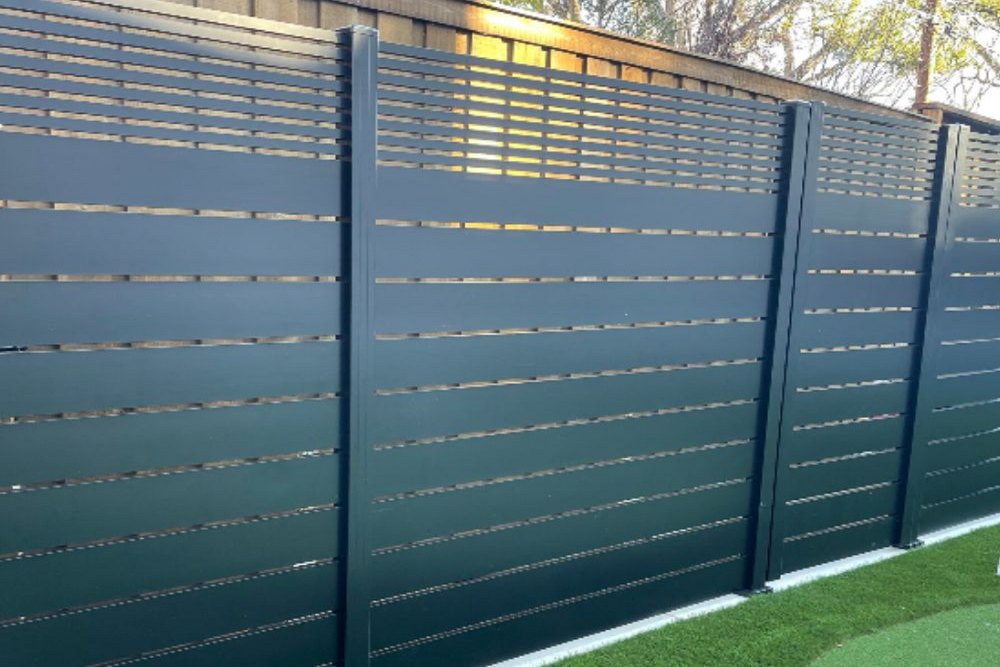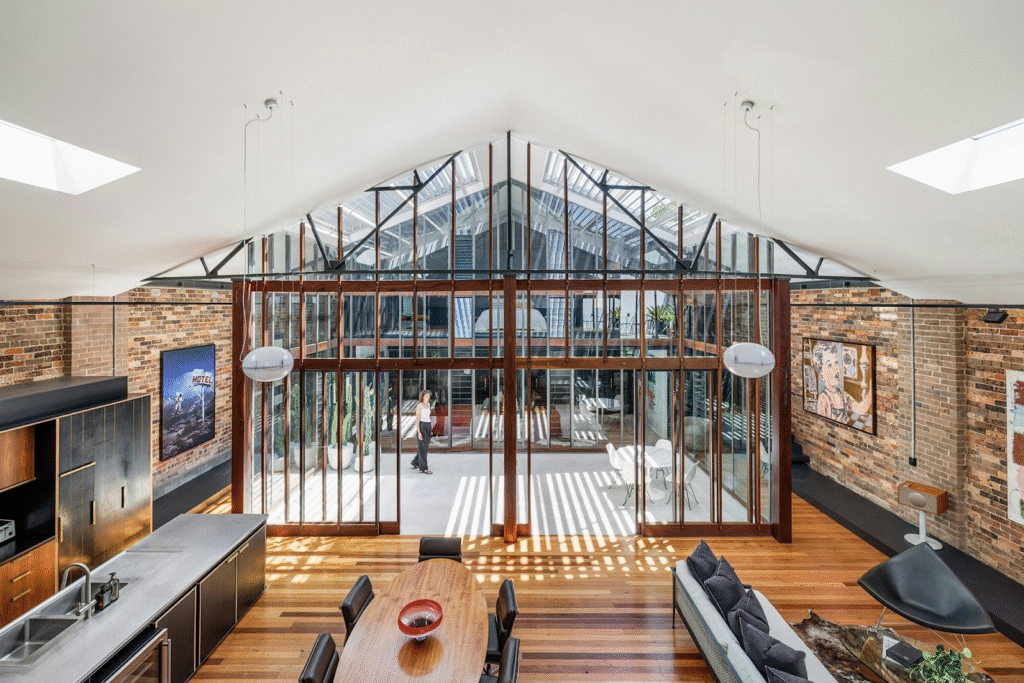
When homeowners or businesses consider installing a new fence, aesthetics, durability, and cost often dominate the decision-making process. However, in an era where environmental consciousness is becoming a priority, it’s equally important to consider how a fencing choice impacts the planet. Among the many options available, an aluminum fence stands out as one of the most eco-friendly solutions on the market. Not only does it provide strength and style, but it also offers long-term environmental benefits that make it a responsible investment.
1. Recyclability and Sustainability
One of the most significant environmental advantages of an aluminum fence is its recyclability. Aluminum is one of the most recycled materials in the world, and it can be reused repeatedly without losing its quality. In fact, many aluminum fences are made from recycled content right from the start. At the end of its long lifespan, the material can be recycled again, preventing waste from ending up in landfills.
Compared to materials like treated wood, which can contain harmful chemicals, aluminum is a safer and cleaner option for both the environment and human health. Choosing aluminum supports a circular economy where resources are continuously reused rather than discarded.
2. Low Environmental Impact During Production
Producing aluminum fencing has a lower overall environmental footprint compared to other metal fencing options. Thanks to advancements in manufacturing, much of the aluminum used today comes from recycled sources, reducing the need for energy-intensive mining processes. This not only conserves natural resources but also reduces greenhouse gas emissions.
Additionally, aluminum production often involves less harmful waste and fewer toxic byproducts than the production of other materials such as steel or certain types of vinyl.
3. Exceptional Durability Reduces Waste
Durability plays a crucial role in environmental sustainability. An aluminum fence is highly resistant to rust, corrosion, and weather-related damage, meaning it can last for decades without needing replacement. Unlike wood, which may rot or warp over time, or lower-quality metals that may corrode, aluminum maintains its strength and appearance with minimal upkeep.
By choosing a long-lasting fence, homeowners reduce the frequency of replacements, which in turn lowers the demand for manufacturing and transportation—two processes that have significant environmental impacts.
4. Minimal Maintenance and Eco-Friendly Upkeep
Maintaining an aluminum fence requires far fewer resources than many other fencing types. It doesn’t need to be painted, stained, or sealed with chemical treatments that can harm the environment. Simple cleaning with water and mild soap is usually enough to keep it looking new.
This not only saves money and time but also prevents harmful chemicals from entering the soil and waterways—a common problem with treated wood fencing.
5. A Greener Alternative to PVC Fencing
While PVC fence options are popular for their low maintenance and affordability, they are made from polyvinyl chloride, a type of plastic that can have environmental downsides. PVC production involves chlorine-based chemicals, and although the fences themselves can last for many years, they are not as easily recyclable as aluminum.
That said, PVC fencing is still more sustainable than some traditional wood fences if sourced from responsible manufacturers, but for those seeking maximum eco-friendliness, aluminum remains the superior choice. It combines durability, recyclability, and minimal environmental impact in a way that PVC cannot fully match.
6. Lightweight and Energy-Efficient Transportation
Another often-overlooked environmental benefit of aluminum is its lightweight nature. Aluminum fences weigh significantly less than steel or iron alternatives, which means they require less fuel for transportation. This results in lower carbon emissions during delivery from the manufacturer to the installation site.
Even during installation, the reduced weight makes handling easier, which can lower the overall energy and labor involved in the process.
7. Long-Term Cost Savings and Eco Value
While an aluminum fence may have a higher upfront cost compared to some options like PVC or chain-link, its longevity and low maintenance make it more cost-effective over time. This also means fewer materials, fewer replacements, and fewer resources consumed over the life of the fence—directly contributing to environmental conservation.
When looking at cost from an eco-friendly perspective, the investment in aluminum offers excellent long-term value.
Final Thoughts
Choosing an aluminum fence is not just about getting a stylish and sturdy boundary for your property—it’s about making a responsible environmental choice. From its infinite recyclability and reduced carbon footprint to its exceptional durability and minimal upkeep, aluminum outshines many other fencing materials in sustainability.
While a PVC fence still offers benefits such as low maintenance and affordability, those prioritizing eco-friendliness will find aluminum to be the greener and more future-proof solution. By investing in an aluminum fence, you’re not only protecting your home or business but also making a lasting commitment to protecting the planet.






